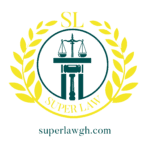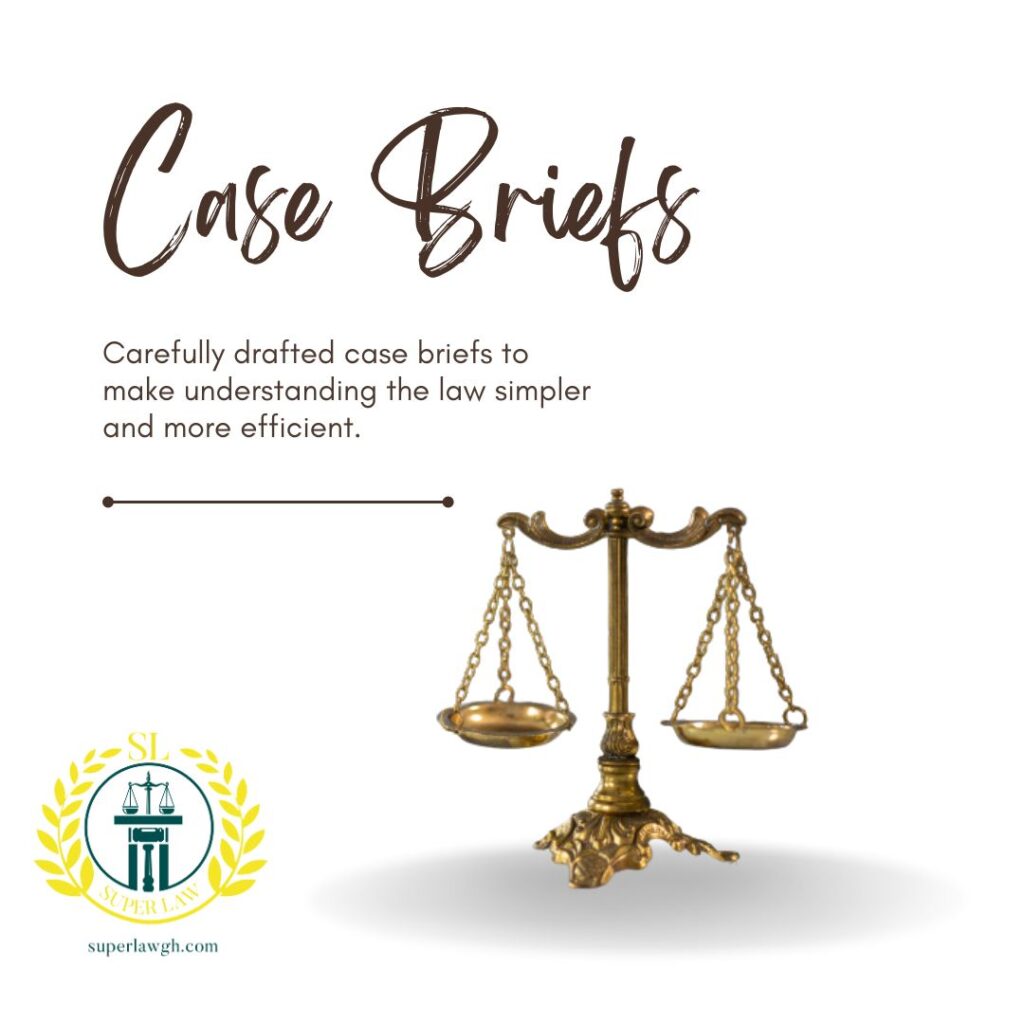A statement issued on Tuesday April 22 said,
“Pursuant to Article 146(10) of the constitution and in accordance with the advice of the Council of State, the President has by a warrant, suspended the Chief Justice with immediate effect pending the outcome of the committee’s proceedings.”
The statement, which was signed by the Minister in Charge of Government Communication, Felix Kwakye Ofosu added that,
“The President has consequently, established a committee in compliance with Article 146(6) of the Constitution and in consultation with the Council of State with the following composition to inquire into the petitions which have been referred to them.
1. Justice Gabriel Scott Pwamang, Justice of the Supreme Court – Chairman
2. Justice Samuel Kwame Adibu-Asiedu, Justice of the Supreme Court – Member
3. Daniel Yaw Domelevo (Former Auditor-General) – Member
4. Major Flora Bazwaanura Dalugo (Ghana Armed Forces) – Member
5. Professor James Sefah Dzisah (Associate Professor, University of Ghana) – Member.”
President John Dramani Mahama forwarded three petitions calling for the removal of Chief Justice Gertrude Torkornoo to the Council of State for advice, in accordance with Article 146 of the 1992 Constitution.
A statement from the Presidency’s Communications Directorate on Tuesday, March 25, 2025, confirmed that the petitions had been submitted by various individuals, urging the President to take action against the Chief Justice.
Following constitutional procedures, President Mahama has referred the matter to the Council of State to begin the consultation process required before any further action can be taken. The Chief Justice subsequently responded to the petition.
At the last adjourned date, former Attorney General Godfred Yeboah Dame, representing Old Tafo Member of Parliament as a plaintiff in one of the injunction suits, averred that the president ought to hold on with the consultation processes with the Council of State. He noted that the law prohibits the continuation of court processes when there’s an injunction application. But reacting to his assertion, Attorney General Dr Dominic Ayine indicated that no law prohibits the President from carrying out his constitutional mandate.
“He needs to understand that this is the performance of a constitutional duty and the law is very clear that you cannot enjoin the performance of a constitutional or public obligation,” the A-G noted.
What is the procedure for the removal of the Chief Justice ?
The 1992 Constitution of Ghana has provided rules for the removal of the Chief Justice. By virtue of article 146(1), the grounds for which the Chief Justice may be removed from office are stated misbehavior or incompetence or inability to perform her functions due to infirmity of body or mind. The process is triggered by a petition to the President for the removal of the Chief Justice. The Supreme Court in the case of Agyei v Attorney-General [2005-2006] SCGLR 732 held that a ‘prima facie’ case should be determine by the President in consultation with the Council of State before a committee is set up to look into the merit of the case. The essence of a ‘prima facie‘ case determination is to reduce time spent on frivolous petitions. Where a ‘prima facie’ case determined, article 146(6) requires a committee to be set up consisting of two Justices of the Supreme Court (one who shall be the chairman on the committee), and three other person who shall not be members of the Council of State, nor Members of Parliament, nor lawyers. The committee shall inquire into the petition and recommend to the President whether the Chief Justice ought to be removed from office.
Proceedings on the committee shall in held ‘in camera’, and the Chief Justice is entitled to be heard and in her defense by herself or by her lawyer or any expect of her choice according to article 146(8) of the Constitution of Ghana. The proceedings being held ‘in camera’ means the proceeding should be held in private and not open to the public. The rational for the proceeding to be held in camera was explained by Kpegah JSC in the case Ghana Bar Association v Attorney-General [1995-1996] 1 GLR 598 where he said
the good sense in the constitutional prescription that impeachment proceedings be held in camera, are very obvious and need not be recited here; suffice it to say that the judiciary, as an institution, thrives on the healthy estimation in which it is held by the people it serves. it is therefore not safe to impugn the integrity of a judge in public in case the allegation turns out to be unfounded; hence the constitutional provision that such proceedings to be held in camera.
Therefore, a publication of the contents of the petition for the removal of the Chief Justice is found to be in violation of article 146(8) of the Constitution. However, in the case of Justice Uuter Dery v Tiger Eye P.I held that the disclosure of the petition does not invalidate or truncate the entire removal process.
Before the conclusion of proceedings of the committee, the President with the advice of the Council of State has the power under article 146(10)(b) to suspend the Chief Justice.
It is noteworthy that, the procedural under article 146 is the only way to trigger the removal of the Chief Justice or any other judge of the Superior Court of Judicature. In the case Ghana Bar Association v Attorney-General [1995-1996] 1 GLR 598, the Supreme Court was confronted with an action for interpretation and enforcement of the Constitution which had the effect of possibly removing Justice Abban from office as Chief Justice. The Supreme Court declined jurisdiction over the matter, holding that the Constitution has prescribed procedural for the removal of the Chief Justice under article 146.
-3news


